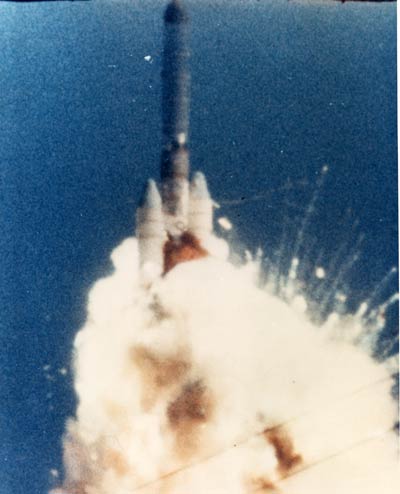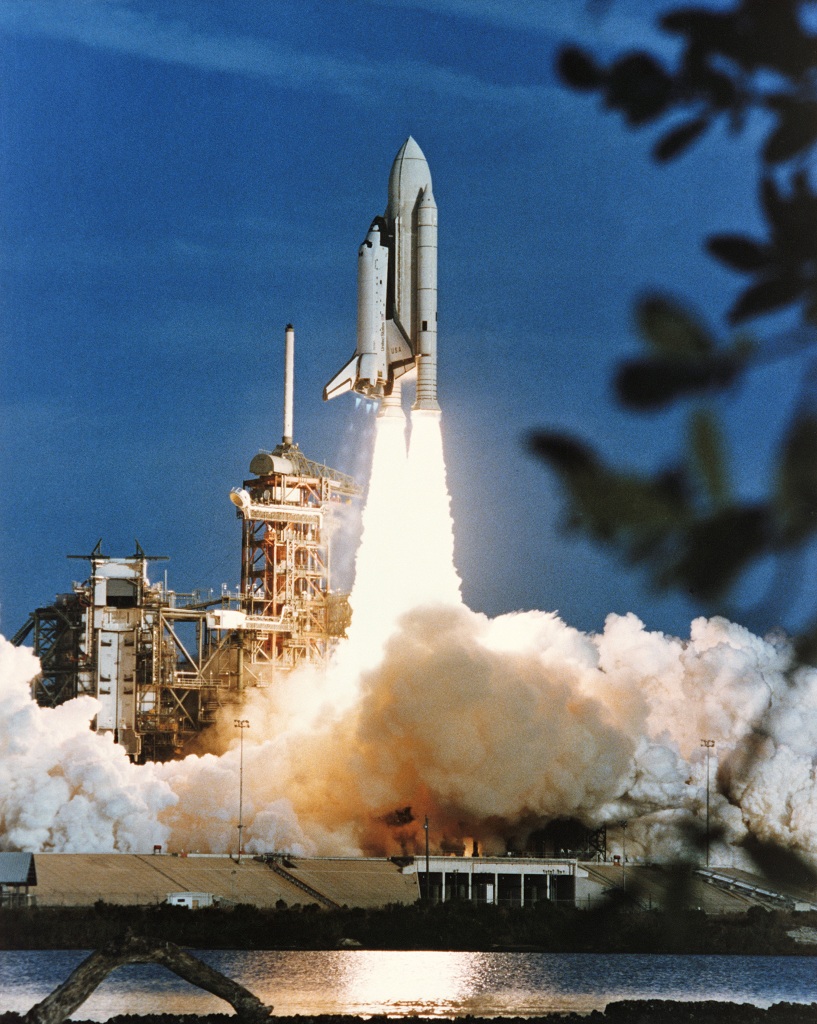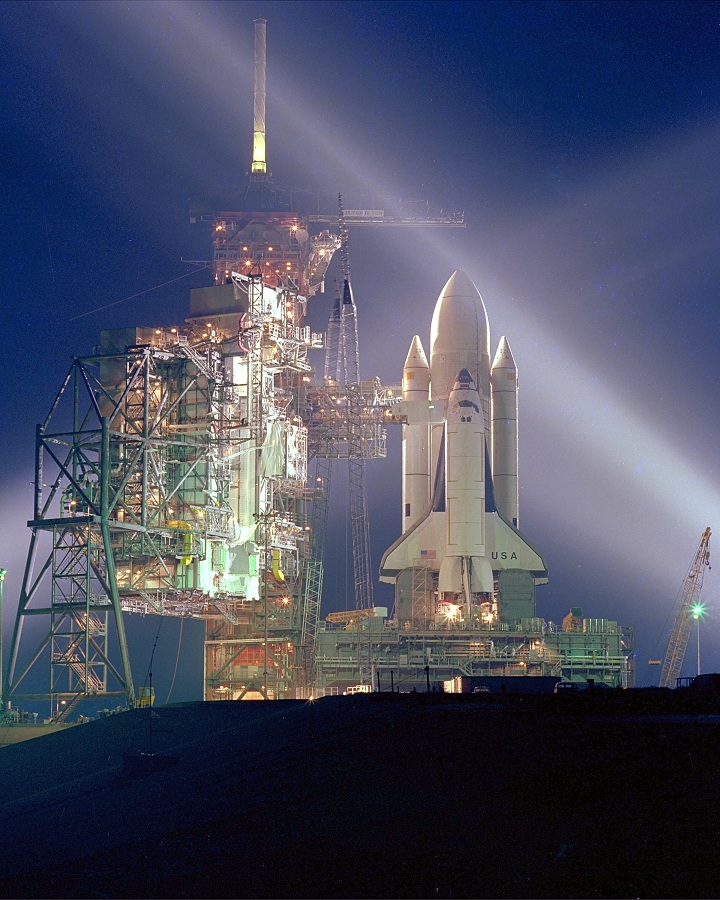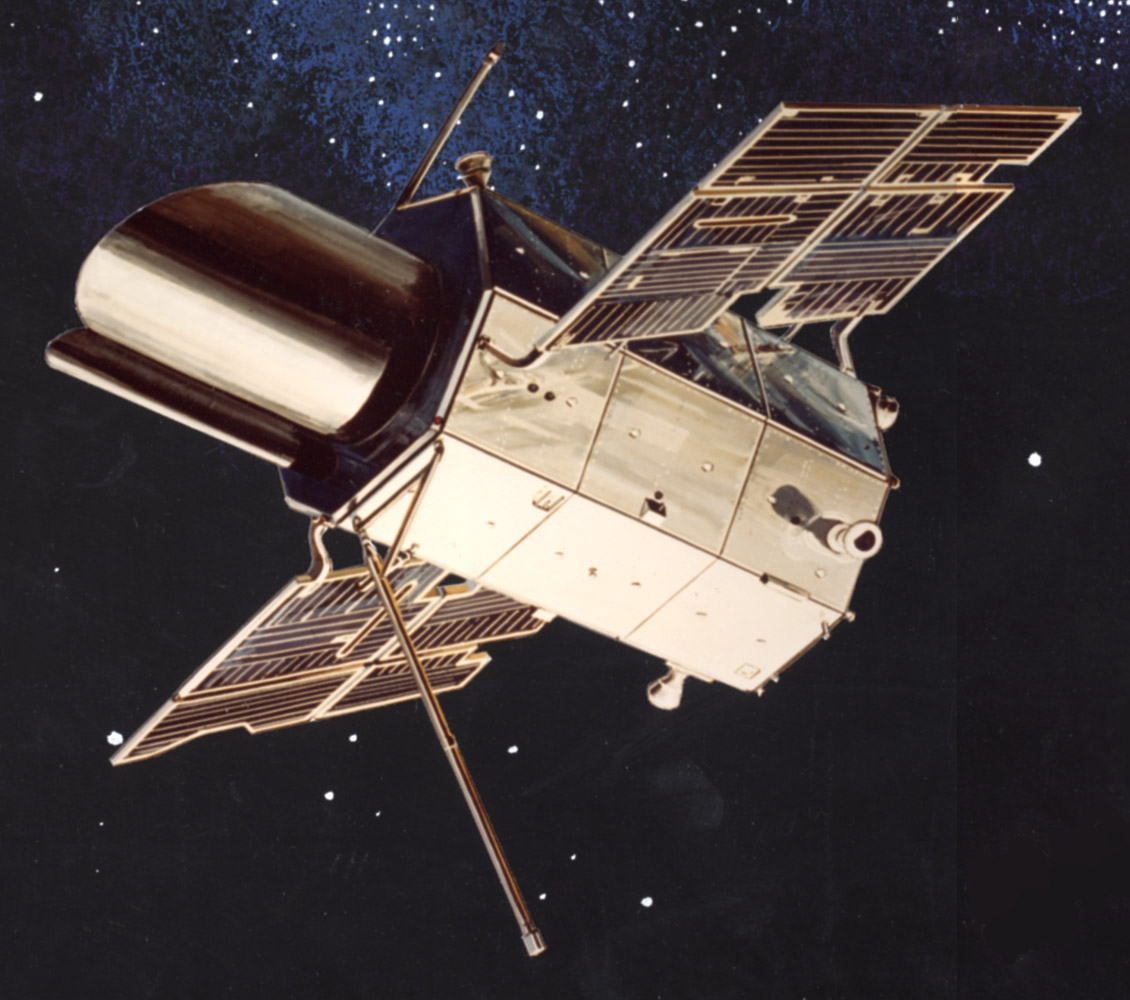Continuing our discontinuous series of “blog tour” posts featuring fellow members of the Codex Writers online community.
Today and tomorrow our guest is Lawrence M. Schoen, author of Buffalito Contingency, coming soon from Hadley Rille Books.
The Amazing Conroy has taken his hypnosis act beyond Human Space.
It should be show business as usual, except for the bigger-than-a-planet energy being that wants to study him, the rival aliens pulling him in opposite directions, his buffalito lapping up liquid gravity, and the small matter of a hypnotized ghost…. Join the continuing adventures of the Amazing Conroy in Hugo-nominated Lawrence M. Schoen’s new novel: Buffalito Contingency.
How long was it between first conceiving Buffalito Contingency and actually starting to work on it in earnest? Did you start work on it right away, or did you set the idea aside for a period of time?
That first question is a bit tricky because this is the second novel in a series, so some aspects of it have been around from the earlier stories and book. But probably the first bit that’s unique to this novel came about when the question of how you would go about un-hypnotizing a ghost popped into my head. That begged the question of how a ghost would be hypnotized in the first place? And why you’d want to bring it back out of trance? This is pretty common for me, I find an idea that sticks in my craw and I end up having to reverse engineer a story out of it.
I worked on this novel for several years, on again and off, in part because while I was selling short stories about Conroy and his buffalito, I still hadn’t sold the first novel. I had the plot line with the ghost pretty clearly worked out, and my local workshop group helped me to see that it just wasn’t enough to sustain a book. I added a few more subplots and went back to writing. At some point it started dragging again. I just wasn’t happy with it, but I couldn’t tell what was lacking or what was wrong. I was also distracted for a while with a bout of Bell’s Palsy, which is terrifying when it hits — my wife and I thought I might be having a stroke! — and after that it’s just annoying and damned inconvenient as you discover all the things you need both sides of your face for in daily life. The good news, of course, is that I made a full recovery in record time, and it gave me an excuse to let me grow my beard in.
So, yeah, I ended up setting that novel aside for a while. I busied myself with other projects for a while, including a number of short stories I wrote and sold directly to various anthologies, including “The Moment” which earned me a Hugo nomination, as well as the heightened profile such nominations bring. That was fun. One of the other things I did before returning to the novel was to pull together a collection of my fantasy stories for Hadley Rille Books. This came out in 2010 under the title Sweet Potato Pie and Other Surrealities. And of course, in addition to my own work as an author, I run a small press, and so I get to count publishing other people as one of my cat-vacuuming exercises. When I should have been working on my own novel I was doing things like putting out Cat Rambo‘s collection Eyes Like Sky And Coal And Moonlight, as well as preparing the second volume in Paper Golem’s novella series Alembical 2. All of these were very worthwhile things to do, but they didn’t get the novel written.
How long did it take to complete the novel? I’m interested in how the stages progressed, e.g., research, writing, editing, and so forth.
During the 2009 Worldcon in Montreal, I met with my publisher and he agreed to buy the second, then untitled book. In Spring of 2010 I had about 90% of the book written, when I was accepted to Walter Jon William‘s master class, the Taos Toolbox. I figured I’d go, learn a few things, come back and polish off the last few chapters of the book and be done before the end of summer. Nope. I returned from Taos and started the novel over. Literally, back to page one. Yes, sure, I was able to keep quite a bit, but it all had to be reworked, re-evaluated, retooled. Things that I thought I’d already known about writing really came into focus for me at Taos. It was an amazing experience. It also blew my deadline for me. I finally turned in the book on December 23rd.
From there, I began working with my publisher on edits. One of the perks of writing for a small press is that you can end up having a lot more input into the process than my friends with books coming out of the big New York publishers tell me about. It also doesn’t hurt that in addition to my author-editor relationship with Hadley Rille Books, I also have a publisher-to-publisher relationship. But most importantly, I have a great deal of respect for Eric Reynolds, and I know when he has a question about something I’ve written he’s not just yanking my chain. Something has pulled him up short, and we work it out, point by point.
As that was winding down, the cover art discussion began. Again, because HRB is a small press, and in part because of my relationship with Eric, and possibly even because I brought the artist to him, I have an insane amount of input into the art process. In some ways this is unfortunate because I’m lousy at art direction, and Rachael Mayo, despite being a phenomenally talented artist, is a very poor telepath and cannot see into my brain on the first try to put on paper what I’m envisioning. Eventually we worked it all out and the resulting cover is nothing short of exquisite.
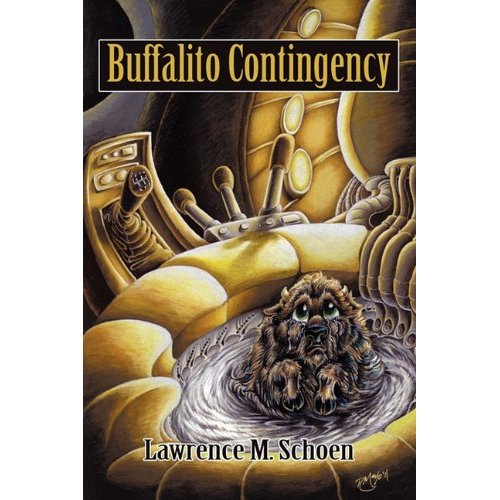
(Buffalito Contingency cover art.)
___
I agree, that’s a beautiful cover!
Tomorrow we’ll conclude our interview with Lawrence M. Schoen, who holds a Ph.D. in cognitive psychology and is one of the world’s foremost authorities on the Klingon language. In 2007, he was nominated for the John W. Campbell Award for best new writer and in 2010 received a Hugo nomination for best short story.
Tomorrow we’ll also include a more detailed biography, but in the meantime if you want more information about Lawrence and his books, visit his web page at http://www.lawrencemschoen.com.



 by
by 







